St. MIHIEL SALIENT - Apremont Forest Trenches
- by duda-wsm
- •
- 19 Apr, 2019
- •
Years of visit: 2005, 2006

We start with the Trench of Thirst, next we will visit the Roffignac Trench, Bavarian Trench and the quarry, a German shelter system.
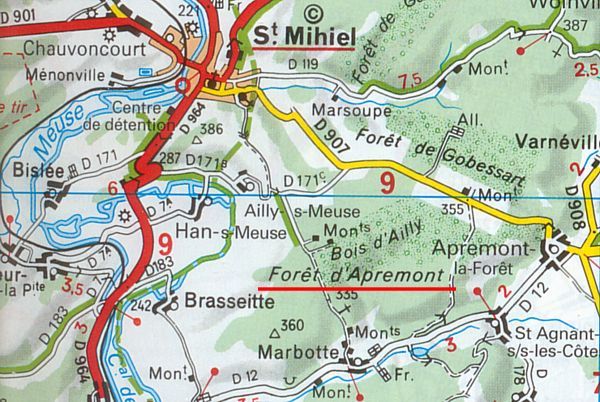
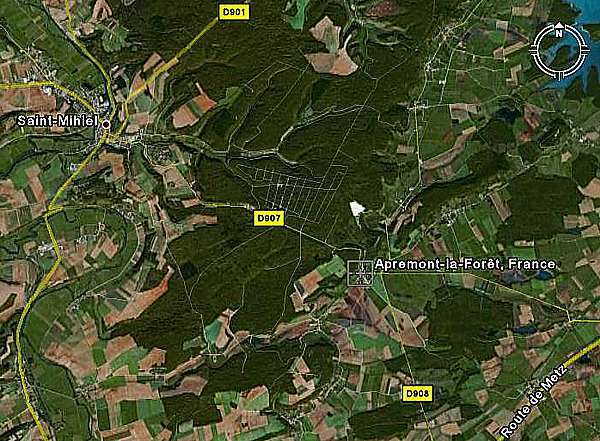
We start in d'Ailly Wood in the forest of Apremont with the "Tranchée de la Soif", the Trench of Thirst. Near the Trench of Thirst, the first French line.
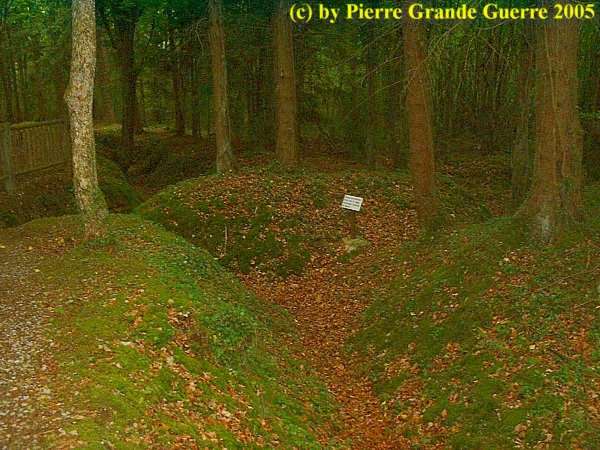
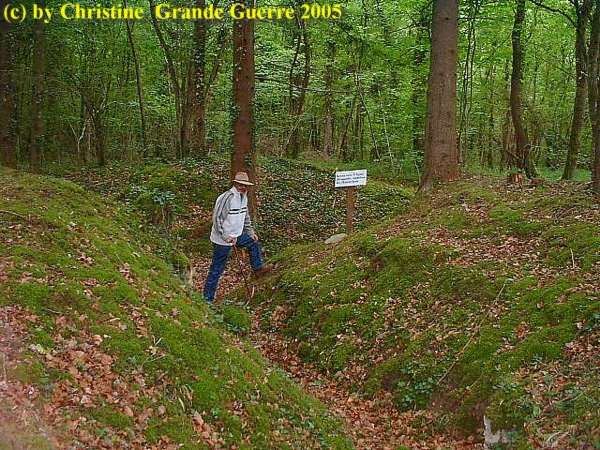
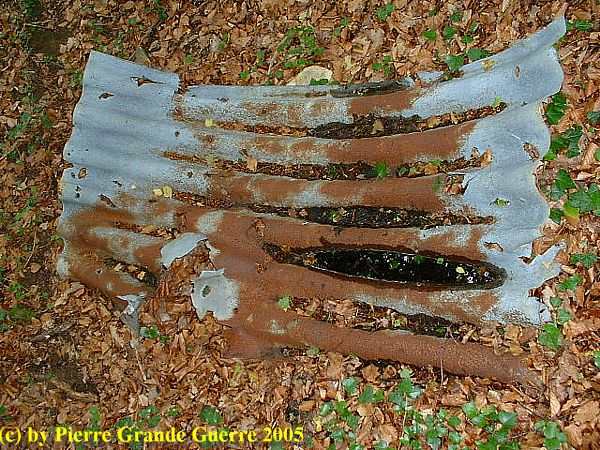
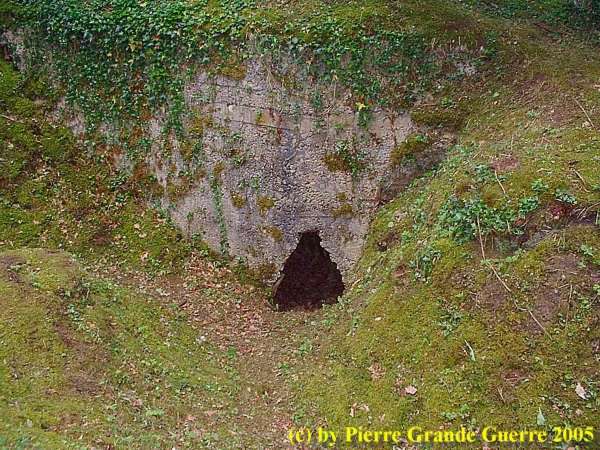
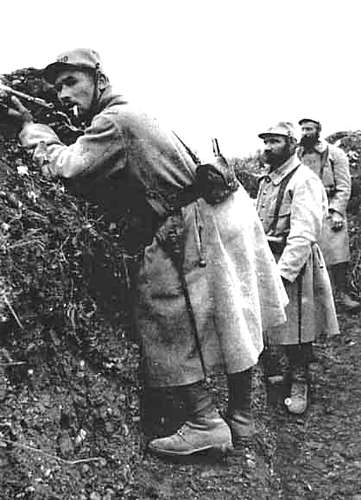
On 20 May 1915 Commander d'André with his 5th and 7th company tried to recapture the lost trenches in the Bois d'Ailly (Ailly Wood). d'André's 7th company soon reached the 5th German line, before they were trapped in the trench.
The 5th company had been going in hiding for shellfire and machine gun fire, and could not keep up the pace of the 7th.
The Bavarians soon counterattacked, and almost surrounded the 7th company!
The 80 men of the 7th company withdrawed to the German 4th line, were they were isolated with some wounded men also. d'André refused to surrender.
On the next day, 21 May, the Germans launched another attack with trench mortars. The 21st was a warm day. Everywhere there was dust. The 5th and 7th companies lacked water, and had hardly any ammunition available.
On the 22nd the Germans attacked again and made the 73 French survivors prisoner.
d'André, being the last man to leave the trench, spoke to his men these words:
"N'oubliez jamais la Tranchée de la Soif!"
"Do never forget the Trench of the Thirst".
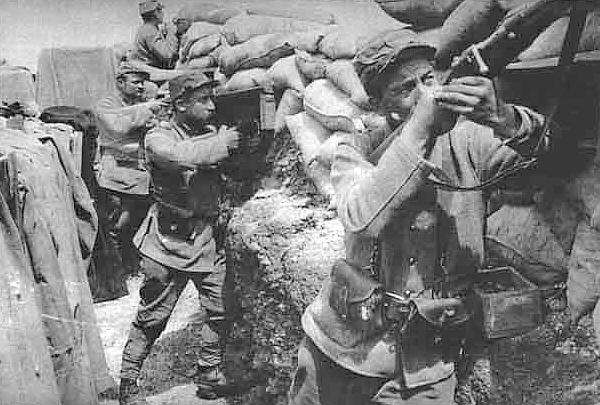
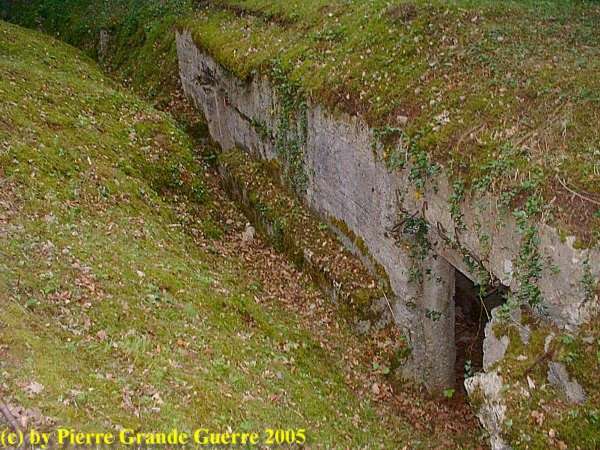
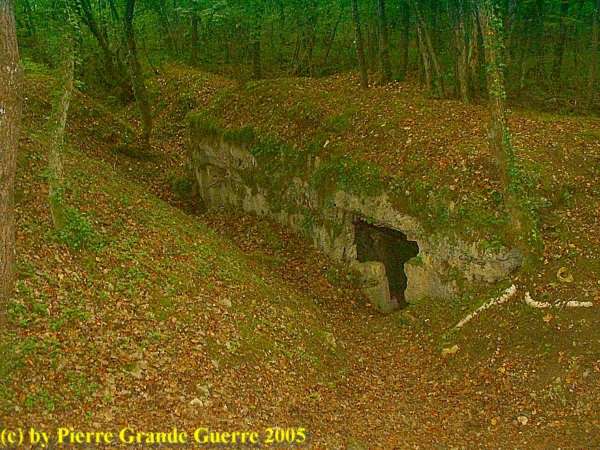
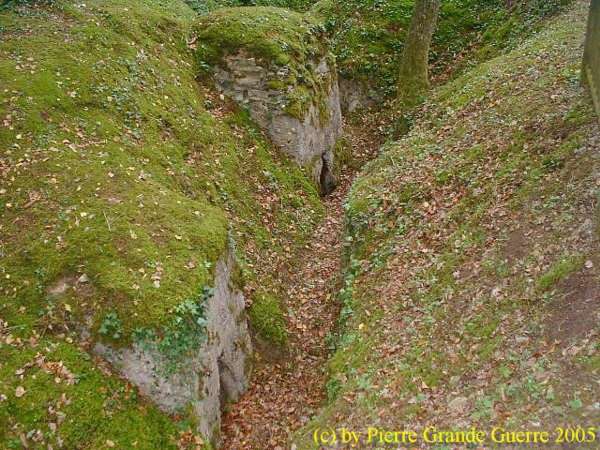
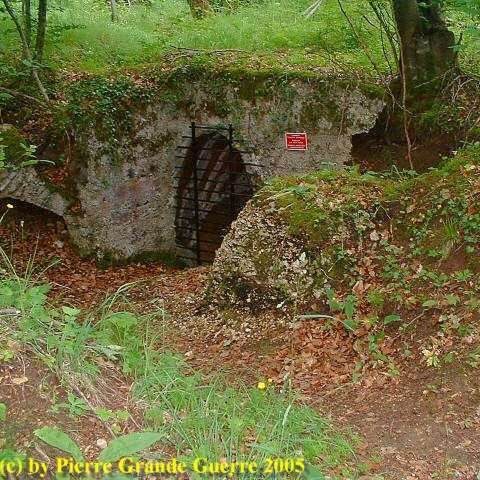
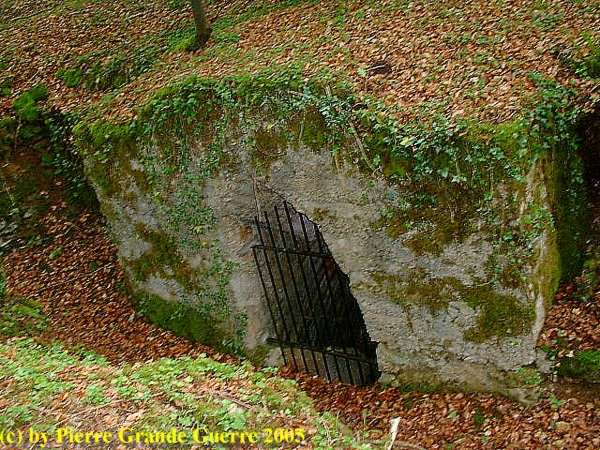
The memorial dedicated to the French 172th and 372th R.I. mentions the battfields and the front sectors where these units fought.
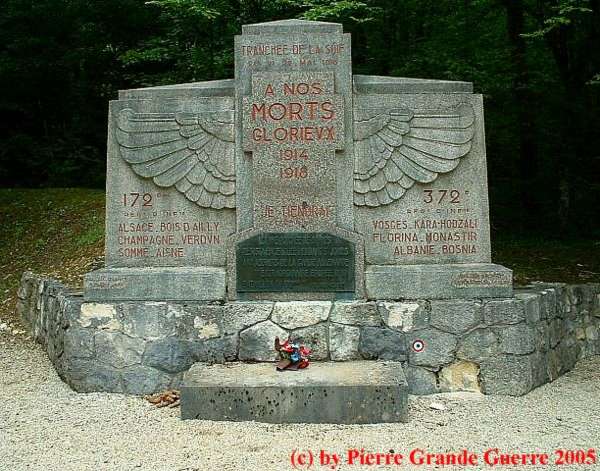

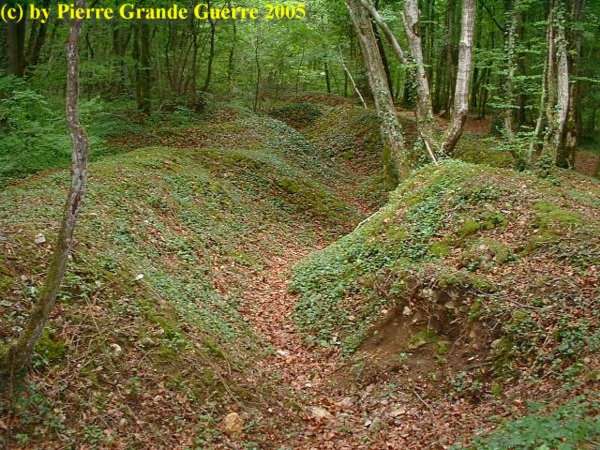

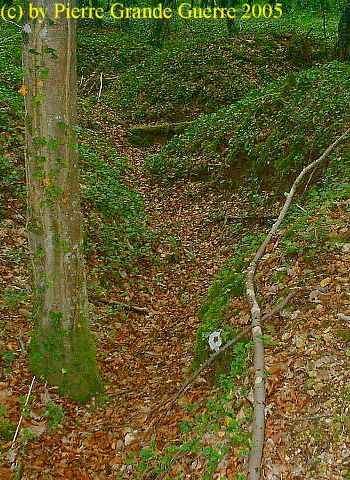
I am standing now in No Man's Land; both first lines of the opponents were only 2,5 m away from each other. With exception of the Caverne du Dragon this No Man's Land is the narrowest strip of neutral soil I have seen along the Western Front.
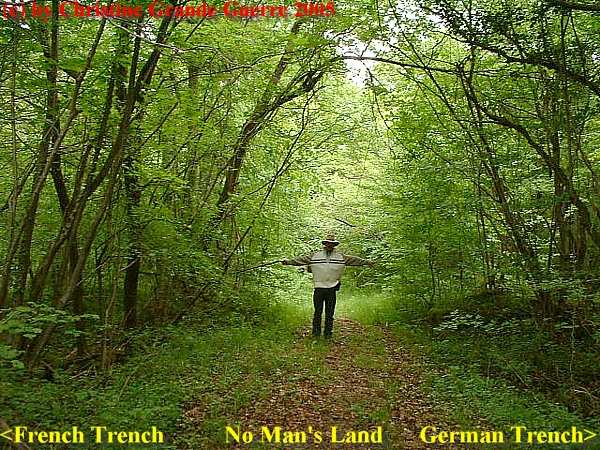
We walk on to "Les Tranchées des Bavarois", the Trenches of the Bavarians.
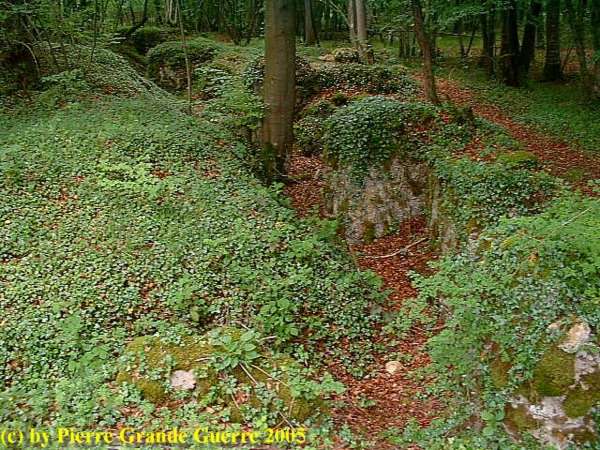
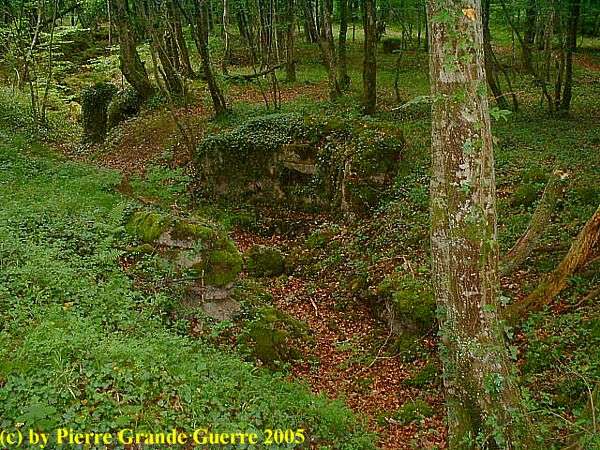
Of all the sites we have visited along the front, I prefer this kind of preservation of the battlefield.
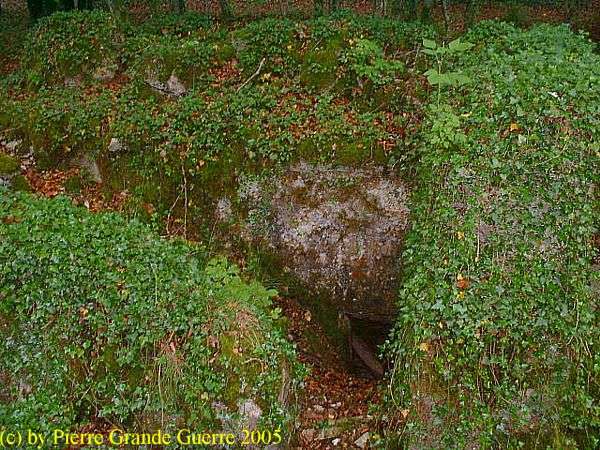
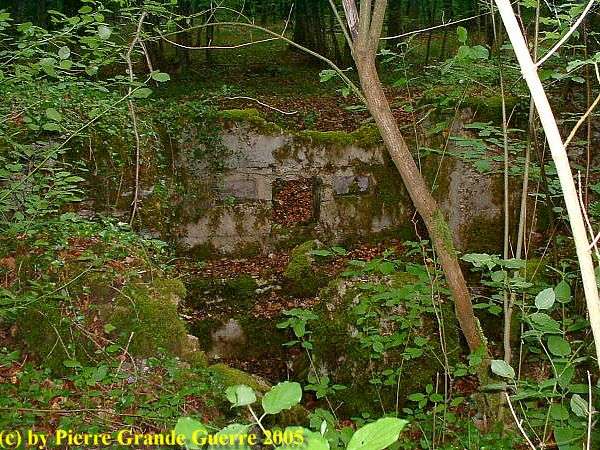
Nature took over, and its vegetation covered and conserved the relics.
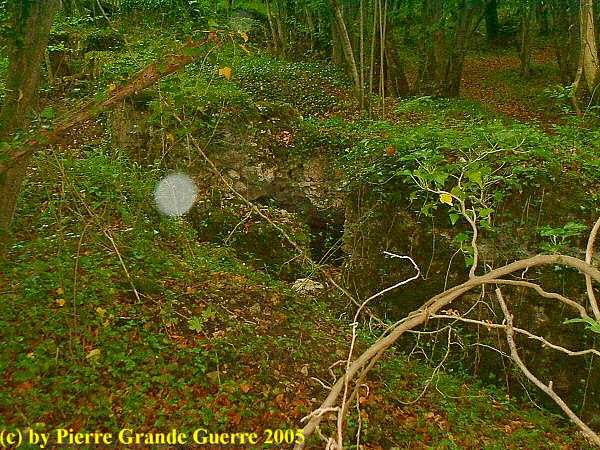

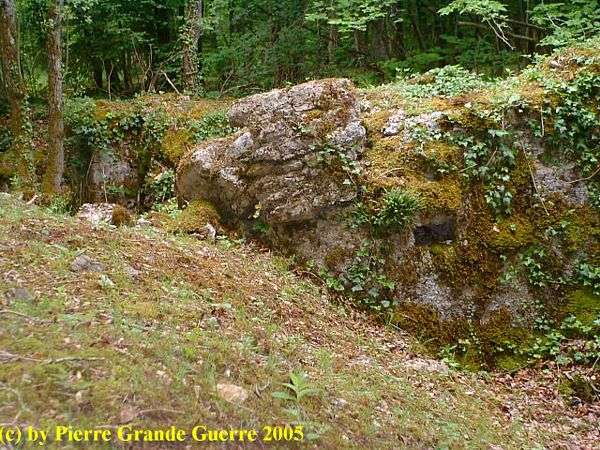

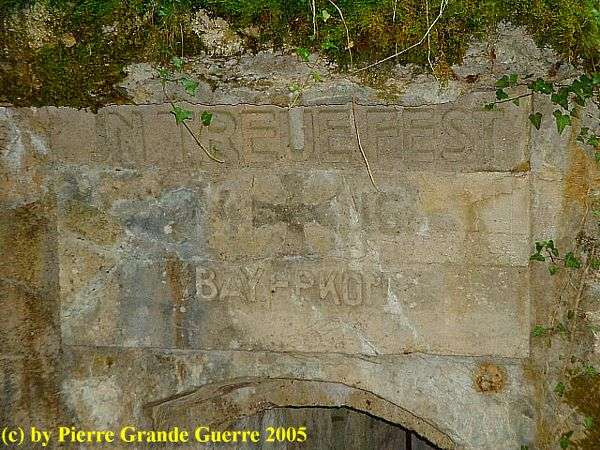
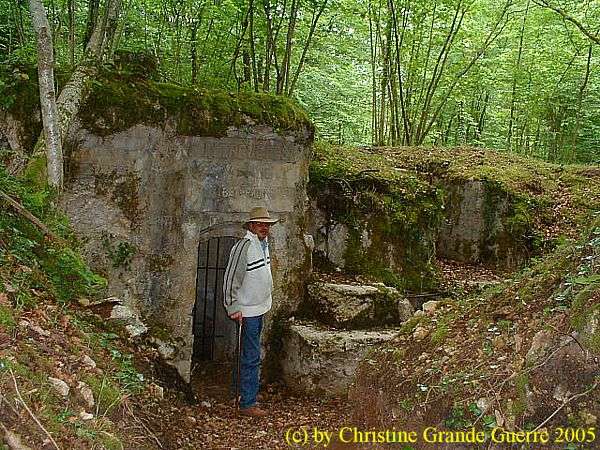
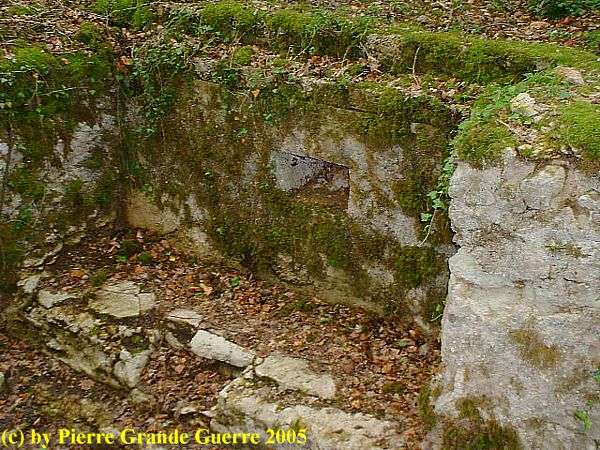
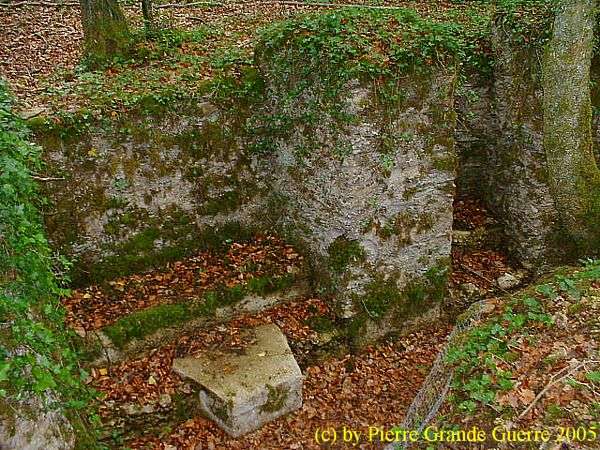

Relics of barbed wire, which always surrounded the trenches in thick layers.
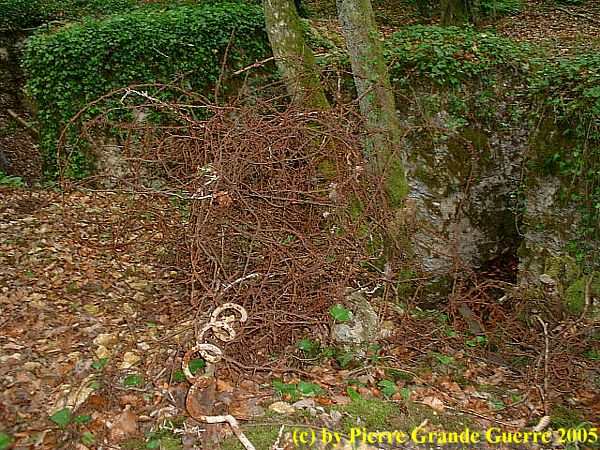
My advise is: do not leave the little paths in the forest; the earth is stilled filled with explosives and corpses.


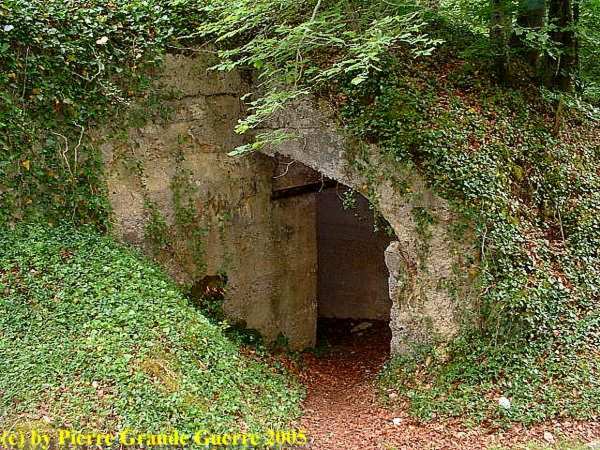


Just outside the village of Apremont, on the south-east side, after a bend to the left of the D 907, we visit the Apremont Quarry.
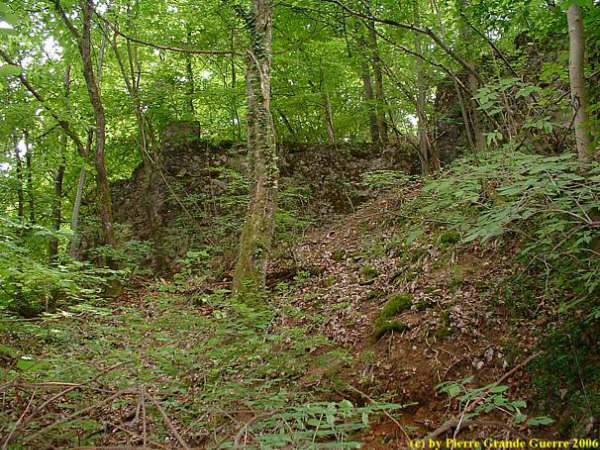
I had to climb this steep, wooded hillside, to discover the hardly noticible relics of the quarry.
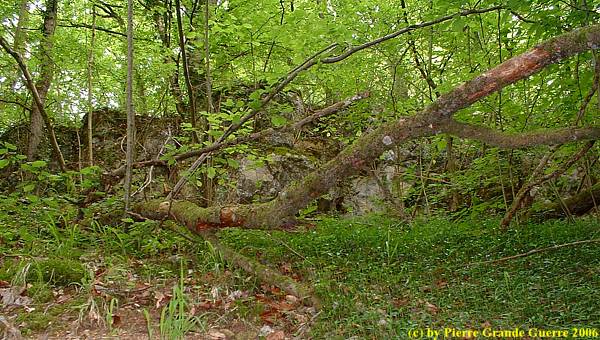
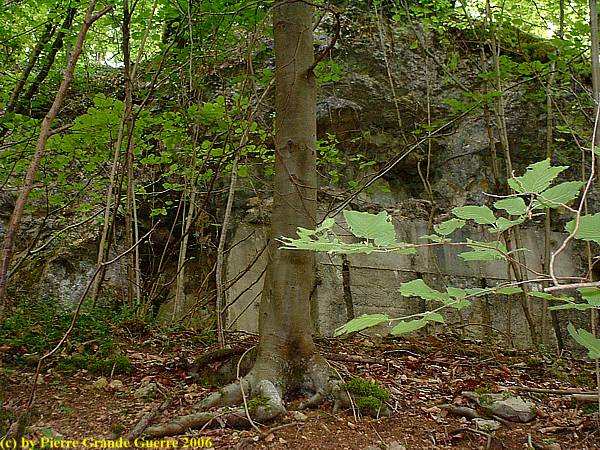
The Germans used this quarry as an extended shelter system, not far away from the trenches in the Bois Brulée ("Burnt Wood") at the edge of Apremont Forest.
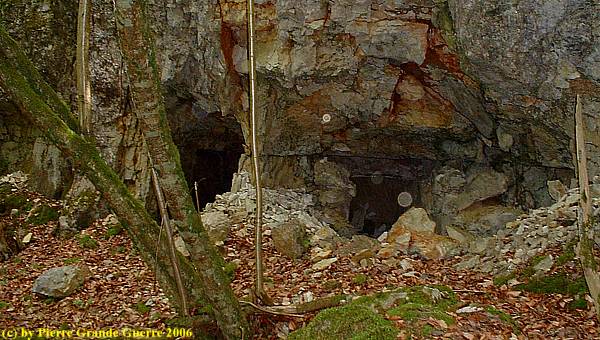

Inside the quarry the Germans created almost a little village with furnished rooms, even carpets, an officer's mess, and a "Bierkeller".
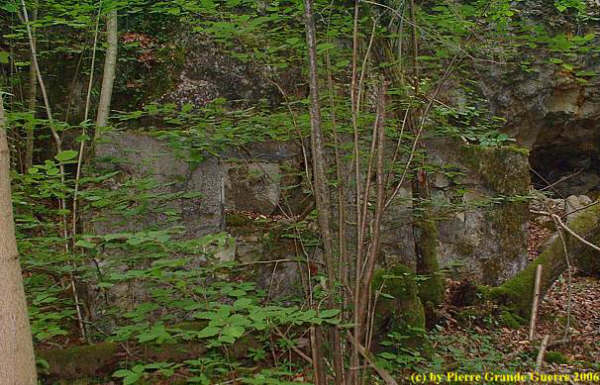
The concrete relics of a wall, to protect the path to the trenches further into the Bois Brulée. This huge shelter system was one of the first targets for the supporting French troops during the American offensive in 1918 to recapture the St. Mihiel Salient.

From here we go to the left and immediately to the right to follow the D 12 north-east to the Butte de Montsec.


Inleiding: Franz Von Papen & Werner Horn; schaker en pion
Onlangs stuitte ik in een oud boek (1) van 1919 op een opmerkelijk verhaal over een Duitse Luitenant, die in begin februari 1915 een half geslaagde bomaanslag pleegt op een spoorbrug over een grensrivier tussen de Verenigde Staten en Canada. Ook al staat de bekentenis van de dader, Werner Horn, deels in het boek te lezen, de naam van zijn opdrachtgever zal Horn blijven verzwijgen. Na wat verder zoeken vond ik ook de naam van Horn’s opdrachtgever, Franz von Papen, een van de aangeklaagden van het latere Neurenberg Proces in 1946.
In een Grote Oorlog als de Eerste Wereldoorlog is Horn’s aanslag op de brug uiteraard slechts een bescheiden wapenfeit. Toch vermoed ik dat dit relatief onbekende verhaal, dat de geschiedenis is ingegaan als de “ Vanceboro International Bridge Bombing ”, nog interessante kanten kent. Het is onder andere een spionageverhaal over hoe in een groter plan een sluwe schaker zijn naïeve pion offert.
Beknopte situatieschets Canada en de Verenigde Staten in 1915

This trip we start at the Léomont near Vitrimont and we will with some exceptions concentrate on the Battle of Lorraine of August-September 1914 in the area, called, the “Trouée de Charmes”, the Gap of Charmes.
After the Léomont battlefield we continue our explorations to Friscati hill and its Nécropole Nationale. Next we pay a visit to the battlefield of la Tombe to go on to the Château de Lunéville. There we cross the Vezouze to move on southward to the Bayon Nécropole Nationale. At Bayon we cross the Moselle to pass Charmes for the panorama over the battlefield from the Haut du Mont. North-west of Charmes we will visit the British Military Cemetery containing 1918 war victims. From Charmes we go northward to the battlefield of the First French Victory of the Great War, the Battle of Rozelieures of 25 August 1914. North of Rozelieures we will visit the village of Gerbéviller. From there we make a jump northward to visit the ruins of Fort de Manonviller to finish with an interesting French Dressing Station bunker, west of Domjevin.


During this visit, we try to focus on the day that the momentum of the battle switched from the French side to the advantage of the Bavarian side: the day of 20 August 1914, when the Bavarians rapidly re-conquered the territory around Morhange , being also the day of the start of their rather successful “Schlacht in Lothringen”.
We will visit beautiful landscapes of the "Parc Naturel Régional de Lorraine", memorials, ossuaries, and cemeteries. Sometimes we will divert to other periods of the Great War, honouring Russian and Romanian soldiers, who died in this sector. We start our route at the border village of Manhoué, and via Frémery, Oron, Chicourt, Morhange, Riche, Conthil, Lidrezing, Dieuze, Vergaville, Bidestroff, Cutting, Bisping we will finish in Nomeny and Mailly-sur-Seille, where the Germans halted their advance on 20 August 1914, and where they constructed from 1915 some interesting bunkers.














